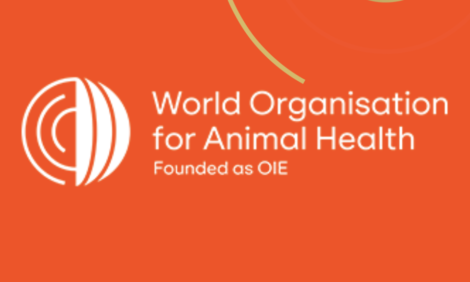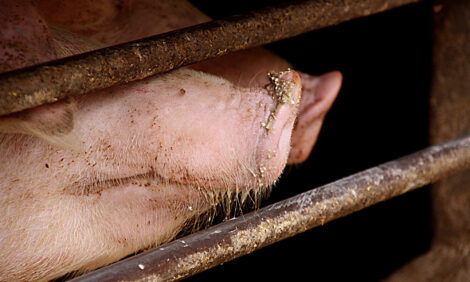



FAO, OIE, WHO emphasize pandemic risk of Chinese swine H1N1 flu
A tripartite statement released by the WHO, OIE and FAO alerts to pandemic risk of swine H1N1 flu.A recent tripartite statement released by the WHO, OIE and FAO said this particular genetic clade (1C.2.3) of swine influenza A (H1N1) viruses was first identified and reported by Chinese researchers at the Harbin Veterinary Research Institute in China in 2016, and from 2016-2018 remained the most commonly detected genotype of influenza viruses in surveillance undertaken in swine populations in China. OFFLU, working through its open network have assessed the potential implications of the latest research findings. To date there is no evidence that these viruses are present in pigs or humans outside of China but vigilance is strongly advised.
Two variant H1N1 cases involving the subtype have recently been detected in humans, and a small seroprevalence study in Chinese swine workers suggested that 10% had been exposed to the virus. The WHO Collaborating Center in China has developed a candidate vaccine virus targeting the strain.
“Although there is limited data assessing human infections and circulation of these viruses in pigs, awareness and vigilance is strongly advised for a number of reasons” says Keith Sumption, Chief Veterinary Officer of the FAO. “The viruses analysed in the recent report from China show characteristics associated with increased ability for zoonotic transmission – the potential ability to infect humans. The viruses have some genetic markers to suggest human infection is possible; they can replicate in human airway cells, and viruses can be spread via respiratory droplets passed between ferrets.”
The three groups note the importance of new and updated swine influenza surveillance data collected by countries are rapidly analysed and risk-assessed on a global scale to enable tracking how endemic and novel viruses are spreading. With the aim to facilitate and support this, OFFLU (OIE-FAO Network of Expertise on Animal Influenza) advocates timely sharing of swine surveillance data from all regions to ensure that a One Health approach is applied to emerging influenza A viruses and that diagnostic tools are regularly updated to detect a wide range of influenza viruses, including emergent strains.
Over the past 40 years, instances of sporadic transmission of influenza viruses between animals and humans have occurred, reminding us that the threat of an influenza pandemic is persistent. While avian influenza has been the focus of surveillance and pandemic preparedness, swine influenza should not be neglected. The 2009 H1N1 pandemic was caused by a strain of swine influenza A virus which was introduced into humans and spread worldwide. Since then humans have re-introduced these viruses back into pigs, where they continue to evolve. It is important to identify emerging influenza viruses in swine populations and investigate their potential to infect humans.
“Influenza in swine is not an OIE listed disease and thus does not require reporting to the OIE by the veterinary authorities. However, due to the pandemic risk associated with animal influenza viruses, there is a need for continued surveillance and risk assessment of emerging strains in swine populations,” says Dr Matthew Stone, OIE Deputy Director General (International Standards and Science).







